University Profiles

University of East Anglia
The University of East Anglia (UEA) is a public research university in Norwich, England. Established in 1963 on a 320-acre (130-hectare) campus west of the city centre, the university has four faculties and 26 schools of study.[8] The annual income of the institution for 2020–21 was £292.1 million, of which £35.2 million was from research grants and contracts, with an expenditure of £290.4 million,[1] and had an undergraduate offer rate of 85.1% in 2021.
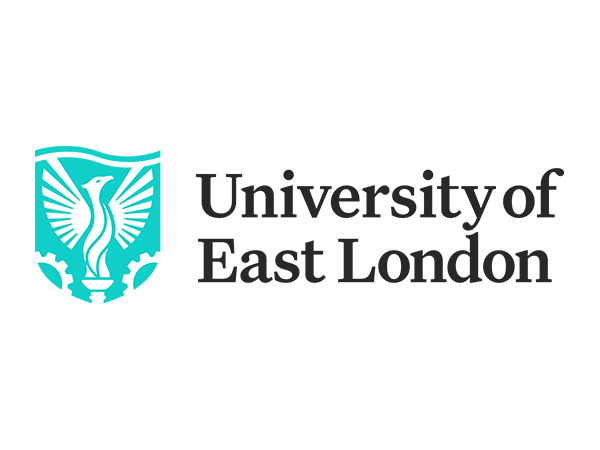
University of East London
University of East London (UEL) is a public university located in the London Borough of Newham, London, England, based at three campuses in Stratford and Docklands, following the opening of University Square Stratford in September 2013.[2] The university's roots can be traced back to 1892 when the West Ham Technical Institute was established. It gained university status in 1992.
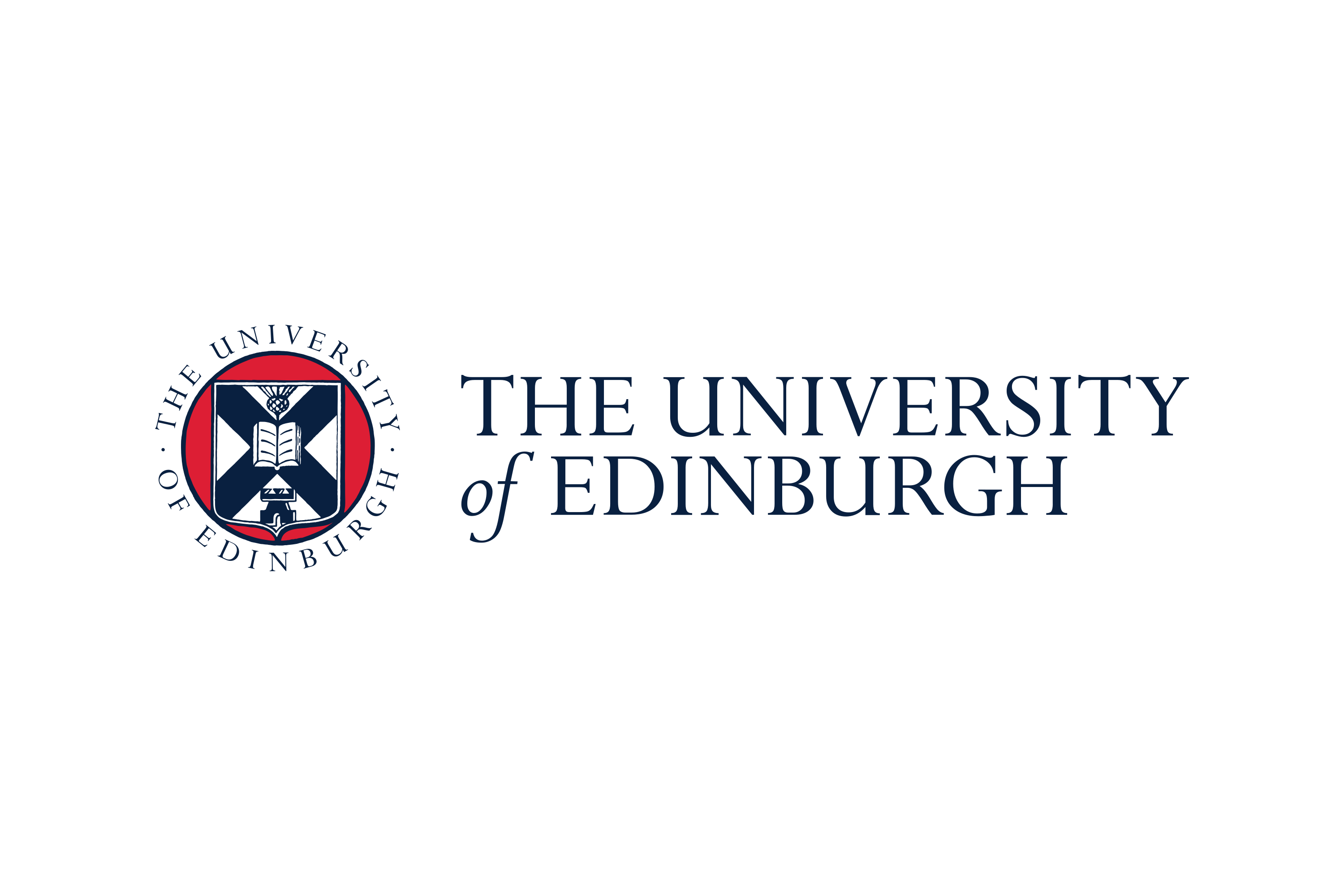
University of Edinburgh
The University of Edinburgh is a public research university in Edinburgh, Scotland. Granted a royal charter by King James VI in 1582 and officially opened in 1583, it is one of Scotland's four ancient universities and the sixth-oldest university in continuous operation in the English-speaking world. The university played an important role in Edinburgh becoming a chief intellectual centre during the Scottish Enlightenment and contributed to the city being nicknamed the "Athens of the North". The university is a member of several associations of research-intensive universities, including the Coimbra Group, League of European Research Universities, Russell Group, Una Europa, and Universitas 21.
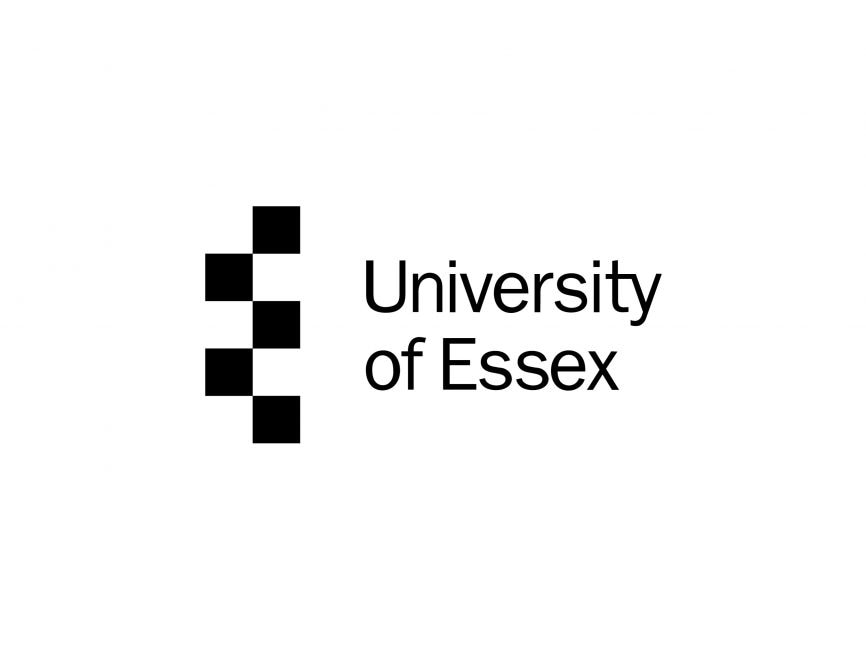
University of Essex
The University of Essex is a public research university in Essex, England. Established in 1963, welcomed students in 1964, and acquired university status by royal charter in 1965 – the university is a plate glass university. Essex's shield consists of the ancient arms attributed to the Kingdom of Essex, and the motto, "Thought the harder, heart the keener", is adapted from the Anglo-Saxon poem The Battle of Maldon.[8] The university comprises three campuses with its primary campus located within Wivenhoe Park (over 200 acres) and campuses in Southend-on-Sea and in Loughton.

University of Exeter
The University of Exeter is a public research university in Exeter, Devon, South West England, United Kingdom. Its predecessor institutions, St Luke's College, Exeter School of Science, Exeter School of Art, and the Camborne School of Mines were established in 1838, 1855, 1863, and 1888 respectively.

University of Glasgow
The University of Glasgow (abbreviated as Glas. in post-nominals; Scottish Gaelic: Oilthigh Ghlaschu is a public research university in Glasgow, Scotland. Founded by papal bull in 1451, it is the fourth-oldest university in the English-speaking world and one of Scotland's four ancient universities. Along with the universities of Edinburgh, Aberdeen, and St Andrews, the university was part of the Scottish Enlightenment during the 18th century.

University of Gloucestershire
The University of Gloucestershire is a public university based in Gloucestershire, England. It is located over three campuses, two in Cheltenham and one in Gloucester, namely Francis Close Hall, The Park, Oxstalls and The Centre for Art and Photography being near to Francis Close Hall.[6] In March 2021 the university purchased the former Debenhams store in Gloucester City Centre, wth a new campus due to open there in 2023.
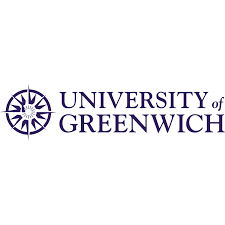
University of Greenwich
The University of Greenwich is a public university located in London and Kent, United Kingdom. Previous names include Woolwich Polytechnic and Thames Polytechnic.
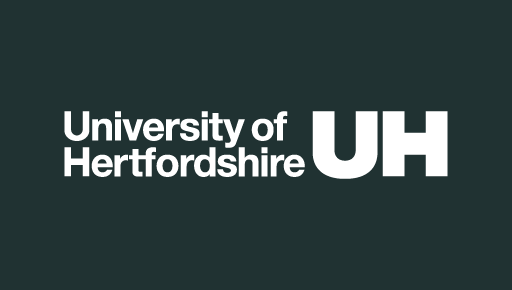
University of Hertfordshire
The University of Hertfordshire (UOH) is a public university in Hertfordshire, United Kingdom. The university is based largely in Hatfield, Hertfordshire. Its antecedent institution, Hatfield Technical College, was founded in 1948 and was identified as one of 25 Colleges of Technology in the United Kingdom in 1959.[5] In 1992, Hatfield Polytechnic was granted university status by the British government and subsequently renamed University of Hertfordshire. It is one of the post-1992 universities.

University of Huddersfield
The University of Huddersfield (informally Huddersfield University) is a public research university located in Huddersfield, West Yorkshire, England. It has been a University since 1992, but has its origins in a series of institutions dating back to the 19th century. In 2020 it was ranked joint first in England for the proportion of its staff with a teaching qualification.

University of Hull
The University of Hull is a public research university in Kingston upon Hull, a city in the East Riding of Yorkshire, England. It was founded in 1927 as University College Hull. The main university campus is located in Hull and is home to the Hull York Medical School, a joint initiative with the University of York. Students are served by Hull University Union.
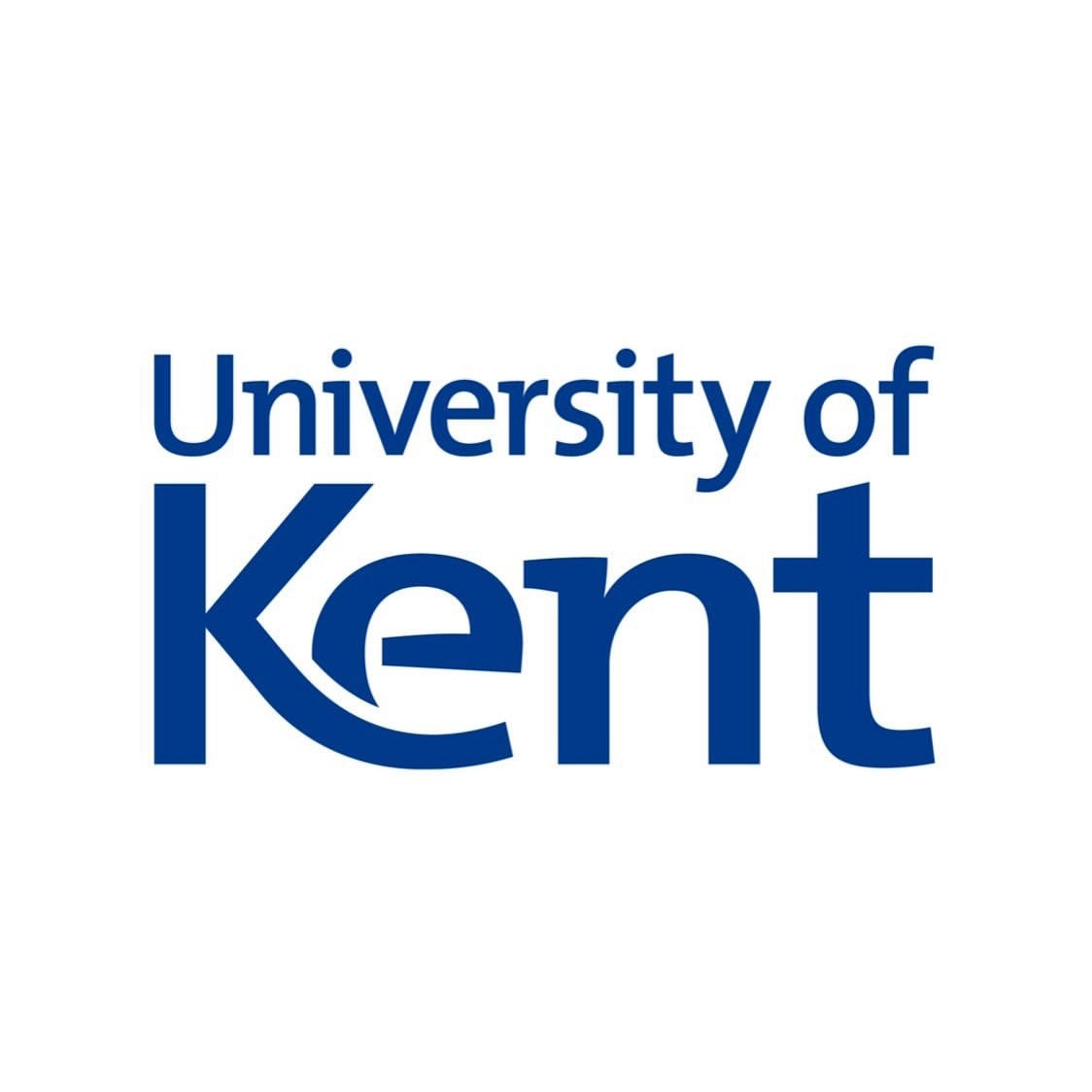
University of Kent
The University of Kent (formerly the University of Kent at Canterbury, abbreviated as UKC) is a semi-collegiate public research university based in Kent, United Kingdom. The University was granted its Royal Charter on 4 January 1965 and the following year Princess Marina, Duchess of Kent, was formally installed as the first Chancellor.
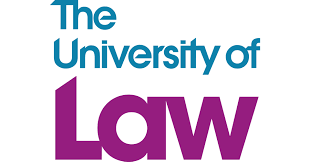
University of Law
We are one of the UK's longest-established specialist providers of legal education. We can trace our origins to 1876 with the formation of tutorial firm Gibson & Weldon, and in 2016, we opened our leading Business School. With a rich heritage and a reputation for innovation and contemporary teaching practices, we continuously focus on developing the best legal and business minds.

University of Leeds
The University of Leeds is a public research university in Leeds, West Yorkshire, England. It was established in 1874 as the Yorkshire College of Science. From 2006 to present, the university has consistently been ranked within the top 5 (alongside the University of Manchester, Manchester Metropolitan University, the University of Nottingham and the University of Edinburgh) in the United Kingdom for the number of applications received.

University of Leicester
The University of Leicester (/ˈlɛstər/ (audio speaker iconlisten) LES-tər) is a public research university based in Leicester, England. The main campus is south of the city centre, adjacent to Victoria Park. The university's predecessor, University College, Leicester, gained university status in 1957.
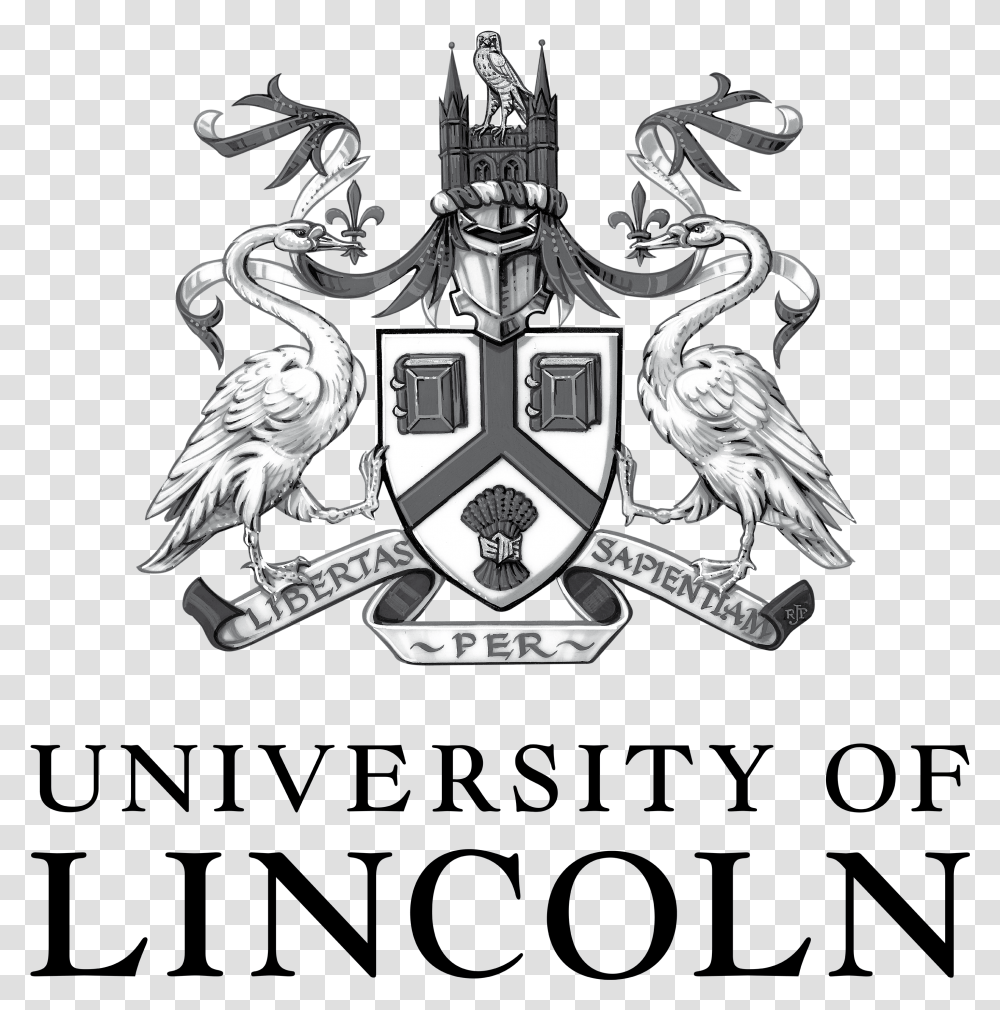
University of Lincoln
The University of Lincoln is a public research university in Lincoln, England, with origins back to 1861. It gained university status in 1992 and its present name and structure in 2001. The main campus is adjacent to Brayford Pool - a site of urban regeneration since the 1990s, with satellite campuses in Riseholme, Lincolnshire – the Lincoln Institute for Agri-food Technology – and an additional campus at Holbeach, housing the National Centre for Food Manufacturing (NCFM). Annual graduation ceremonies take place in Lincoln Cathedral.

University of Liverpool
Explore University of Liverpool’s top courses, tuition fees, rankings & admission process. Get all details to apply for your dream program today!

University of Manchester
The University of Manchester is a public research university in Manchester, England. The main campus is south of Manchester City Centre on Oxford Road. The university owns and operates major cultural assets such as the Manchester Museum, Whitworth Art Gallery, John Rylands Library, The Tabley House Collection and Jodrell Bank Observatory—a UNESCO World Heritage Site.[11][12] The University of Manchester is considered a red brick university, a product of the civic university movement of the late 19th century. The current University of Manchester was formed in 2004 following the merger of the University of Manchester Institute of Science and Technology (UMIST) and the Victoria University of Manchester.[13][14] This followed a century of the two institutions working closely with one another.[15] The University of Manchester Institute of Science and Technology was founded in 1824, as the Mechanics' Institute. The founders believed that all professions somewhat relied on scientific principles. As such, the institute taught working individuals branches of science applicable to their existing occupations. They believed that the practical application of science would encourage innovation and advancements within those trades and professions.[16] The Victoria University of Manchester was founded in 1851, as Owens College. Academic research undertaken by the university would be published via the Manchester University Press from 1904.[17] The University of Manchester is a member of the Russell Group, the N8 Group, and the worldwide Universities Research Association. The University of Manchester has 25 Nobel laureates among its past and present students and staff, the fourth-highest number of any single university in the United Kingdom. In 2020/21, the university had a consolidated income of £1.1 billion, of which £237.0 million was from research grants and contracts (6th place nationally behind Oxford, UCL, Cambridge, Imperial and Edinburgh).[1] It has the fifth-largest endowment of any university in the UK, after the universities of Cambridge, Oxford, Edinburgh and King's College London.
University of Northampton
The University of Northampton is a public university based in Northampton, Northamptonshire, England. It was formed in 1999 by the amalgamation of a number of training colleges, and gained full university status as the University of Northampton in 2005.

University of Nottingham
The University of Nottingham is a public research university in Nottingham, United Kingdom. It was founded as University College Nottingham in 1881, and was granted a royal charter in 1948. The University of Nottingham belongs to the elite research intensive Russell Group association. Nottingham's main campus (University Park) with Jubilee Campus and teaching hospital (Queen's Medical Centre) are located within the City of Nottingham, with a number of smaller campuses and sites elsewhere in Nottinghamshire and Derbyshire. Outside the UK, the university has campuses in Semenyih, Malaysia, and Ningbo, China. Nottingham is organised into five constituent faculties, within which there are more than 50 schools, departments, institutes and research centres. Nottingham has about 45,500 students and 7,000 staff, and had an income of £694 million in 2020–21, of which £114.9 million was from research grants and contracts.[1] The institution's alumni have been awarded 3 Nobel Prizes, a Fields Medal, a Turner Prize, and a Gabor Medal and Prize. The university is a member of the Association of Commonwealth Universities, the European University Association, the Russell Group, Universitas 21, Universities UK, the Virgo Consortium, and participates in the Sutton Trust Summer School programme as a member of the Sutton 30.
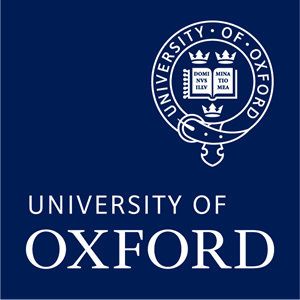
University of Oxford
The University of Oxford is a collegiate research university in Oxford, England. There is evidence of teaching as early as 1096, making it the oldest university in the English-speaking world and the world's second-oldest university in continuous operation. It grew rapidly from 1167 when Henry II banned English students from attending the University of Paris.
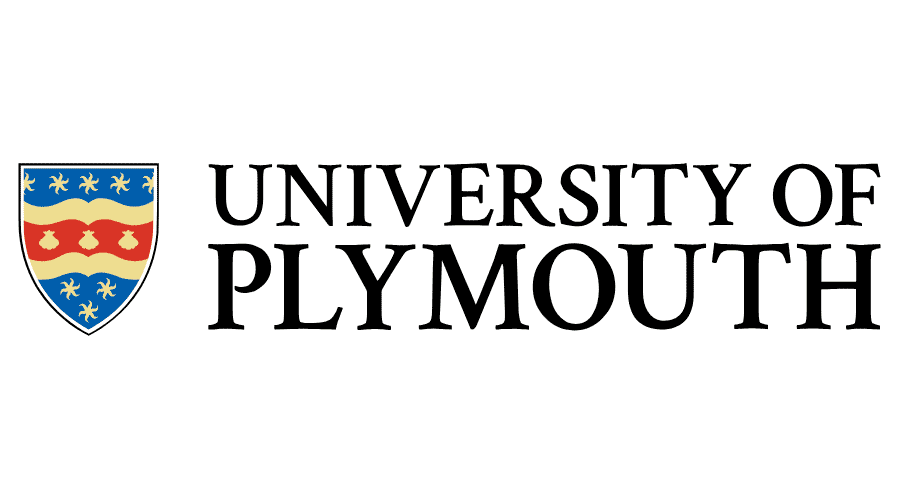
University of Plymouth
Explore University of Plymouth’s top courses, tuition fees, rankings & admission process. Get all details to apply for your dream program today!

University of Portsmouth
Explore University of Portsmouth’s top courses, tuition fees, rankings & admission process. Get all details to apply for your dream program today!
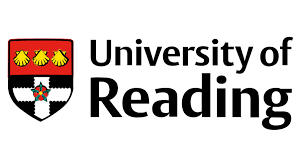
University of Reading
The University of Reading is a public university in Reading, Berkshire, England. It was founded in 1892 as University College, Reading, a University of Oxford extension college.[7] The institution received the power to grant its own degrees in 1926 by royal charter from King George V and was the only university to receive such a charter between the two world wars. The university is usually categorised as a red brick university, reflecting its original foundation in the 19th century.[8]
